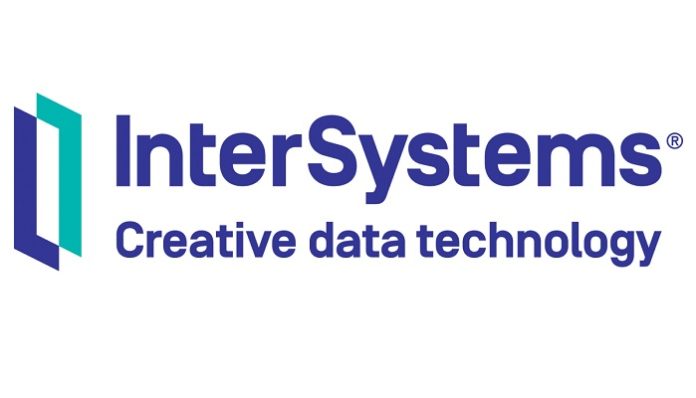When faced with illness or injury, we often turn to doctors as our guiding lights on the path to recovery. These skilled healthcare professionals possess a wealth of knowledge and experience, but their role extends far beyond diagnosis and treatment. In fact, doctors play a pivotal role in hastening our recovery process, offering not just medical expertise but also a compassionate touch that can make all the difference.
In this blog post, we’ll explore eight remarkable ways in which doctors accelerate the healing journey, transforming healthcare into a partnership that empowers patients to regain their health and vitality. Without further ado, let’s get started.
Personalized Treatment Plans
Personalized treatment plans are the cornerstone of effective healthcare, allowing doctors to tailor medical interventions to the unique needs of each patient.
These treatment plans are meticulously crafted based on a comprehensive assessment of the patient’s medical history, current condition, and individual preferences. For instance, TB-500 may play a crucial role in tissue repair and regeneration, and for some patients with specific injuries or medical conditions, it could be incorporated into their personalized treatment plan to optimize their recovery and overall health outcomes.
This individualized approach not only enhances the efficacy of medical interventions but also empowers patients to actively participate in their own healthcare journey, ultimately leading to better long-term health and well-being.
Timely Diagnosis and Intervention
Timely diagnosis and intervention play a pivotal role in expediting the recovery process for patients. Swift and accurate diagnoses enable healthcare professionals to identify the root causes of health issues at an early stage, often preventing further complications and minimizing the duration of illness.
Once diagnosed, timely interventions can be initiated, including appropriate treatments, surgeries, or therapies, which are most effective when applied promptly. This approach not only enhances the chances of a quicker recovery but also reduces the overall burden on both patients and the healthcare system. It underscores the importance of early detection as a critical step in managing and improving patient outcomes across a spectrum of medical conditions.
Medication Management
Medication management is a vital aspect of healthcare that can significantly hasten the recovery process for patients. Doctors carefully prescribe and monitor medications to ensure they are both effective and safe.
This process involves not only selecting the right drugs for the specific condition but also considering potential interactions with other medications or allergies. Regular monitoring of medication usage helps doctors adjust dosages, address side effects, and fine-tune treatment plans for optimal results.
By managing medications meticulously, healthcare professionals can help alleviate symptoms, control chronic conditions, and promote overall well-being, playing a crucial role in expediting a patient’s path to recovery while minimizing risks associated with medication use.
Rehabilitation and Physical Therapy
Rehabilitation and physical therapy are instrumental in expediting the recovery process for individuals dealing with injuries, surgeries, or certain medical conditions. These specialized therapies focus on restoring mobility, strength, and function, helping patients regain independence and improve their quality of life. Rehabilitation programs are tailored to each patient’s unique needs, incorporating a variety of exercises, techniques, and modalities to address specific issues.
Highly skilled therapists guide patients through their recovery journey, monitoring progress and adjusting treatment plans as necessary. By actively engaging in rehabilitation and physical therapy, patients can accelerate their recovery, reduce pain, and enhance their overall physical capabilities, ultimately achieving a quicker return to their normal activities and routines.
Emotional Support and Counseling
Emotional support and counseling are integral components of a holistic approach to healthcare, as they contribute significantly to the recovery process. Coping with illness, injury, or chronic conditions can be emotionally challenging, and healthcare providers offer a compassionate and empathetic presence to help patients navigate these struggles.
Through counseling, individuals can address anxiety, depression, and emotional distress that often accompany health issues. Support groups and therapy sessions provide a safe space for sharing experiences and learning effective coping strategies. By addressing the emotional aspect of health, patients are better equipped to manage stress, adhere to treatment plans, and maintain a positive outlook, which can expedite their overall recovery and promote holistic well-being.
Nutritional Guidance
Nutritional guidance plays a pivotal role in expediting the recovery process by ensuring that patients receive the appropriate nutrients and dietary recommendations to support their healing and overall health. Doctors and dietitians assess patients’ nutritional needs, taking into account their medical conditions, age, and lifestyle factors.
Tailored dietary plans are designed to provide essential nutrients, vitamins, and minerals crucial for recovery, immune function, and overall well-being. Proper nutrition can promote tissue repair, boost energy levels, and reduce the risk of complications.
It also supports weight management and can enhance the effectiveness of medications and treatments. By providing patients with personalized nutritional guidance, healthcare professionals empower them to actively participate in their recovery journey and optimize their chances of a speedy and successful recuperation.
Use Pain Management Strategies
Effective pain management strategies are essential in expediting the recovery process, particularly for individuals dealing with acute or chronic pain. Doctors employ a variety of approaches to alleviate pain, including medications, physical therapies, and non-pharmacological interventions like acupuncture or mindfulness techniques.
By addressing pain, patients can experience improved comfort, mobility, and sleep quality, which are all vital for recovery. Tailored pain management plans take into account individual pain thresholds and specific conditions, ensuring that the chosen strategies are both safe and effective.
Managing pain effectively not only accelerates healing but also enhances the overall well-being of patients, enabling them to regain their functionality and quality of life more quickly.
Monitor and Follow-Up Care

Monitoring and follow-up care are crucial elements in expediting the recovery process and ensuring long-term health outcomes. After an initial diagnosis and treatment, healthcare providers continue to track a patient’s progress through regular check-ups and assessments.
These follow-up appointments allow doctors to identify any potential complications or issues early on, enabling prompt interventions. Monitoring may involve lab tests, imaging, or physical examinations, depending on the specific condition.
By maintaining a consistent line of communication with patients and adjusting treatment plans as needed, healthcare teams can ensure that recovery remains on track, reduce the risk of relapse, and provide ongoing guidance and support, ultimately promoting better overall health and well-being.
Doctors play a pivotal role in expediting the recovery process by employing various strategies and approaches tailored to each patient’s unique needs. From personalized treatment plans and timely interventions to emotional support and nutritional guidance, these healthcare professionals ensure a comprehensive approach to healing. Monitoring and follow-up care further solidify the journey towards recovery, safeguarding long-term well-being. By addressing not only the physical aspects but also the emotional and nutritional needs of patients, doctors empower individuals to regain their health, independence, and quality of life more swiftly and effectively.




























